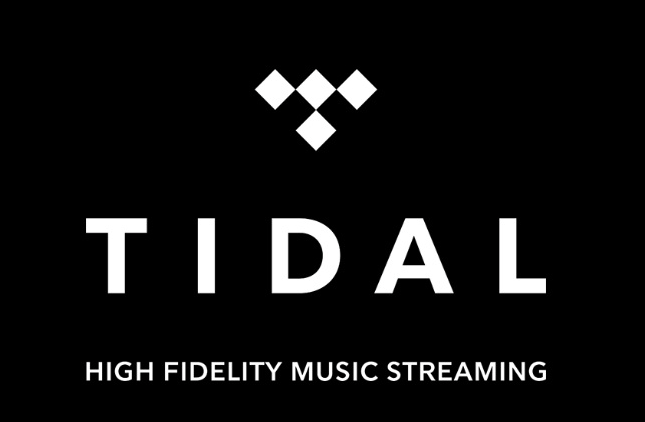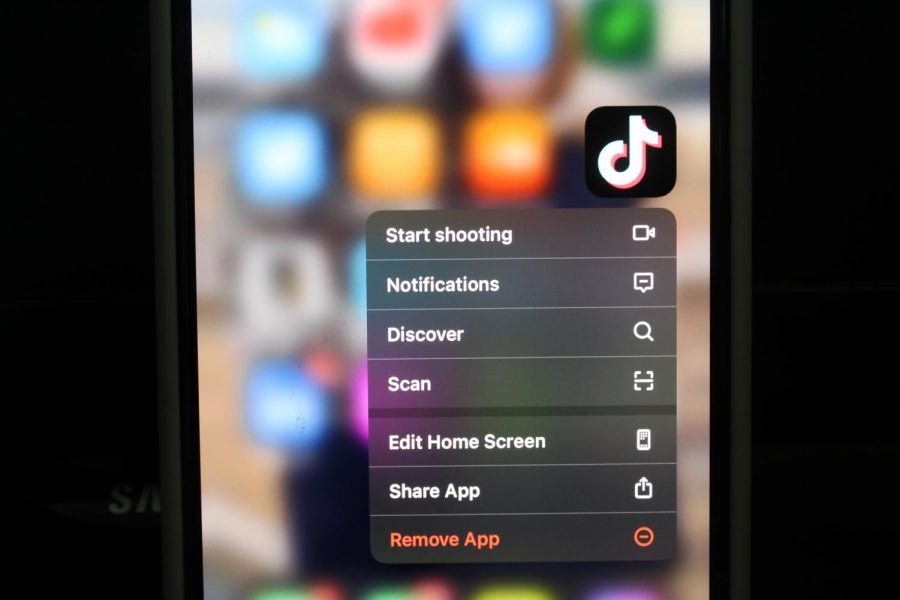More and more, users are changing the way they use the Internet. Now, bloggers are tracking the Internet sites that have the largest appeal and followings in an age increasingly populated by social media Web sites.
A site called ://URLFAN is an experimental tracking measurement of the most hotly discussed blogs and popular Web pages.
://URLFAN differs from other tracking sites such as Alexa. ://URLFAN tracks all sites, including hyperlinks and blogs, while Alexa only approximates rankings based on the amount of Web site “traffic” through an Internet browser such as Internet Explorer.
In its rankings of its all-time most popular sites as of November 2009, ://URLFAN bestowed the most influential Web site honor on Wikipedia, the popular free encyclopedia that can provide almost any bit of information from its search range.
The most commonly used video and photo-uploading sites, YouTube and Flickr, were next up, ranked two and three respectively. Twitter, number four, usurped Facebook, number six, as the most popular social networking site. Google, the most common search engine, split the two at number five.
The highest ranked news site was The New York Times at number nine, the only news site to crack the top 10.
Jeff Larche, a digital marketing specialist in Milwaukee who owns the marketing technology research blog Digital Solid, said the rankings are highly reflective of an Internet world that uses one site for each purpose.
Larche said it makes sense for people searching for information to go to Wikipedia. He added that anyone who would want to post or embed videos and photos would use YouTube and Flickr for that.
“When you look at what the sites are used for, that makes a pretty reasonable and reliable explanation for these rankings,” Larche said.
Larche also said he thinks Google was ranked fifth because it does not have the same personal interaction with the site as the top four do. Google’s information is compiled by its staff, whereas the top four sites are all “crowd sourced” – created from user content.
Daradirek “Gee” Ekachai, associate professor in the department of advertising and public relations, warned against putting too much stock in the rankings because of the kind of analytical method used.
“We have to be careful of how ‘influence’ is defined and measured,” she said.
Ceili Seim, a junior in the College of Communication, said she utilizes social media sites for legitimate reasons besides entertainment. She cited seeing breaking news on Twitter or going to YouTube to watch videos of important events.
She said she usually starts at Wikipedia for preliminary research for schoolwork, and has found news leads via Twitter or Facebook.
“These sites act as filters for me,” Seim said. “These sites give me jumping off points from which I can do more thorough research.”
She added that Google functions as something of a life organizer with its Gmail e-mail service, calendar and search engine.
Elsewhere, Patrick Barrett, a sophomore at Cuesta College in California, is majoring in film and expressed how he uses the different sites for his potential work.
He said video sharing and uploading sites such as YouTube and Vimeo (a premium service that charges $50 annually) have given him a portal to show his own work to friends and colleagues.
He also links his Facebook and MySpace pages to his Twitter account and uses his Twitter statuses as an all-in-one way to stay in touch with all his contacts.
“Some people aren’t joined with one or the other of social sites, so joining all of the mainstream sites made sense from my perspective,” he said.









